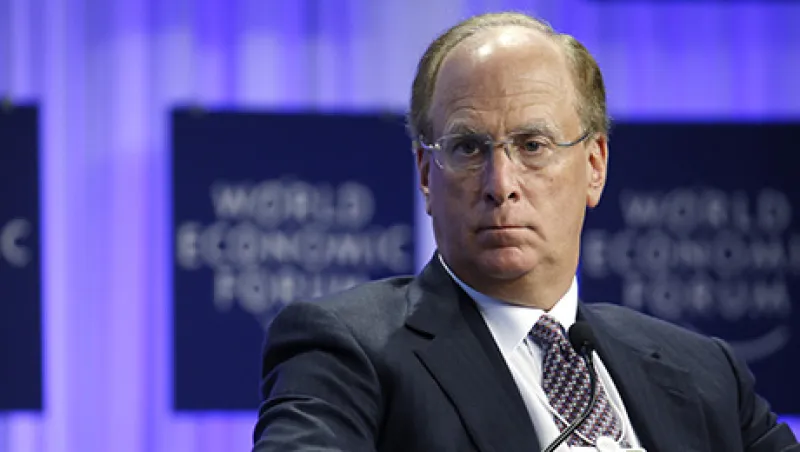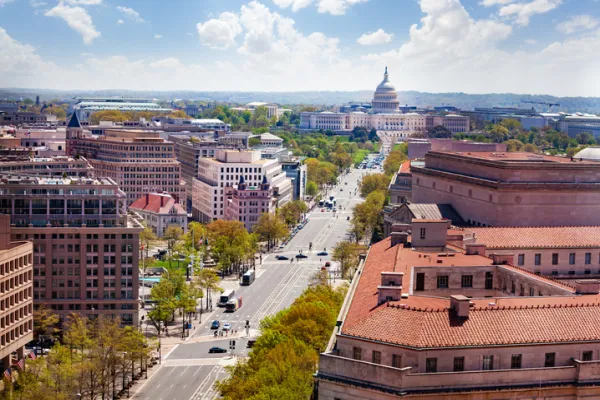To judge by the headlines, it almost feels like 1997 all over again. Emerging-markets economies have faced heavy selling pressure at the start of the year from investors worried about balance of payment deficits and political uncertainty. Turkey’s central bank hiked interest rates a massive 4.25 percentage points on January 29 in a bid to stop a sharp slide in the lira. Central banks from Brazil to India to South Africa have tightened, too, in recent days. And U.S. stocks headed south in what could be the market’s first significant correction in more than two years.
Yet the mood at the World Economic Forum (WEF), which concluded this past weekend in Davos, Switzerland, was decidedly upbeat. Those attending the elite gathering of investors, CEOs, bankers and policymakers expressed confidence that the global economy was improving, with the U.S. recovery gathering strength, Beijing’s planners keeping growth ticking along at a steady 7 percent–plus pace and even Europe showing signs of life. Emerging markets face challenges, to be sure, but they are mostly homegrown rather than systemic in nature. The International Monetary Fund set the tone at the outset of the meeting by releasing its upgraded forecast, predicting that world growth would accelerate to 3.7 percent this year, from 3.0 percent in 2013.
After a five-year stretch in which the Forum’s annual meeting was dominated by a series of calamities, from the global financial crisis to the debate over regulation and too-big-to-fail banks to the European debt crisis and potential collapse of the euro, this year’s meeting marked a return to normal. There was no overriding theme, no dramatic meetings between policymakers and bankers. Instead, Davos offered a standard tour d’horizon of the global economy while executives, financiers, technologists and media networked in the Alpine town’s cramped hotels and cafés.
A return to normalcy doesn’t necessarily mean smooth sailing, though. Quantitative easing by the Federal Reserve and other central banks flooded global markets with liquidity last year, driving up asset prices and driving down volatility. U.S. equities surged 30 percent last year in expectation of a strengthening recovery.
Now it’s delivery time. The real economy needs to catch up to financial markets. The Fed signaled its confidence in the recovery with its latest taper move on January 29, but the new reduction in bond purchases marks another slight tightening of global liquidity.
Consider the view of Laurence Fink, head of the $4.3 trillion investment management giant BlackRock. Fink told a WEF session on the global economy that the U.S. economy was on track to grow at a 3 percent–plus rate this year — solid, but not strong enough to support some of the bubbly optimism that propelled markets at the end of 2013. He also said that markets were prone to an unwinding of some of the big risk-on trades of 2013 — long the Nikkei index, short the yen, long emerging-markets stocks — as liquidity gets tighter.
The sell-off in global markets during the week of January 20–24 “is going to be indicative of the entire year,” said Fink. “I think we’re going back to a world of higher volatility.”
Christine Lagarde, the IMF managing director, who appeared on the same panel as Fink, welcomed Fed tapering as a return to more normal economic and financial conditions but cautioned that the pace of withdrawal and the Fed’s communications strategy as Ben Bernanke passes the baton to Janet Yellen held the potential to jar markets. The Fed’s tapering “is clearly a new risk on the horizon, and it needs to be really watched,” she said.
Officials and financiers from some of the big emerging markets acknowledged the stiff headwinds their economies face. Having made easy terms of trade gains over the past two decades, they now need to make their economies more productive and innovative to sustain strong growth rates.
President Dilma Rousseff made a conservative, orthodox speech in her first WEF appearance, stressing the need to contain inflation and maintain fiscal discipline and talking up the opportunities for foreign investors in Brazilian infrastructure. Private sector analysts believe it will take Brazil some time to revive growth.
“The commodities boom is over; the consumption boom is over,” said Ilan Goldfajn, chief economist at Itaú Unibanco, the big Brazilian bank. He believes the economy’s underlying growth rate has slowed to around 2 percent because of low investment, sluggish productivity growth and high interest rates. “You can’t thrive with lending rates at 13 percent to 14 percent,” he said. Tackling Brazil’s structural problems will require years of reforms, not a quick fix, he added.
Russian officials and bankers were equally subdued. Deputy Prime Minister Arkady Dvorkovich told a WEF panel on the outlook for the BRICS countries that Russia’s sluggish growth stemmed mainly from domestic factors, rather than global markets. “The business environment is not good enough,” he said in a striking display of candor.
Alexander Bazarov, senior vice president and board member of Sberbank, said Russia thrived in the 2000s by providing macroeconomic stability and riding the global oil boom. “Today it looks like such a simple recipe doesn’t work anymore,” he said. “It looks like we exhausted what we had. How do we go forward?” Investors need to focus on specific growth sectors, like retail and Internet stocks, rather than placing broad-based bets on the economy, he added.
Montek Singh Ahluwalia, deputy chairman of India’s Planning Commission, was similarly candid in talking about his country’s slowdown. Fully two thirds of the recent weakness in the economy, which has seen growth decelerate to an estimated 3.8 percent last year from an average of more than 8 percent annually from 2005 to 2011, stems from domestic policy weaknesses, such as slow regulatory clearances for investment projects. “We’ve run into domestic structural restraints,” he acknowledged. India will need three years, and some significant structural reforms, to get back to growth rates of 7.5 percent to 8 percent, he added.
The willingness of officials from emerging-markets countries to acknowledge their shortcomings was refreshing. Their ability to actually address those problems remains a big question mark.
As BlackRock’s Fink put it, “It’s going to require much better policies in a lot of these countries.”






